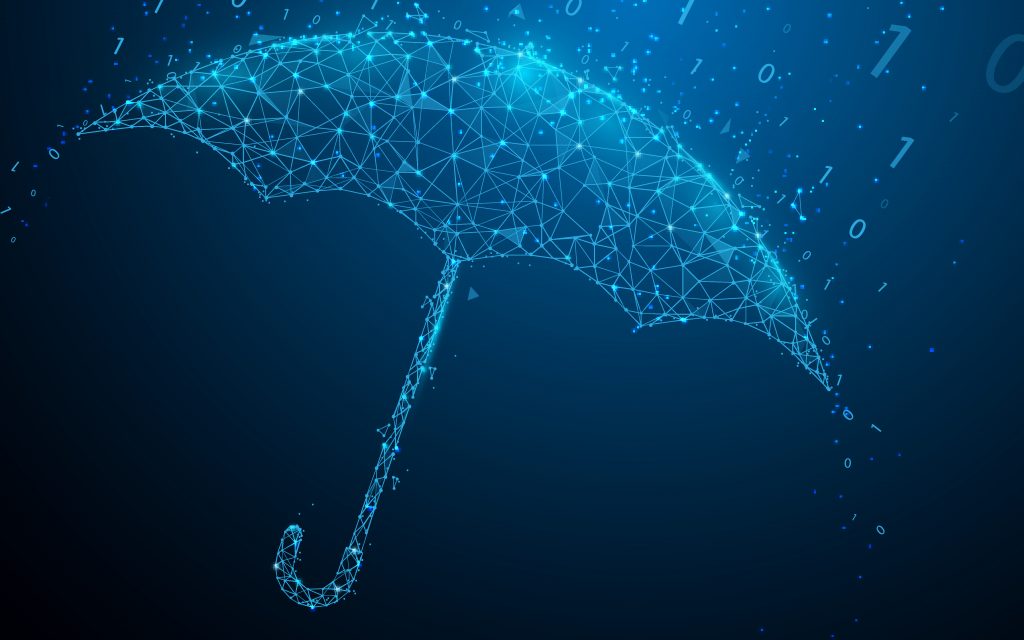The India Meteorological Department is all set to embrace artificial intelligence and machine learning to enable accurate weather forecasting. The department expects to fully leverage AI/ML in two to three years.
IMD has joined hands with IIITs at Prayagraj and Vadodara and IIT Kharagpur for this initiative. Further, the organisation has partnered with Google to make precise short-term and long-term forecasts.
IMD has set up internal sub-groups of senior and meteorologists to determine the best AI and machine learning techniques for weather forecasting. The Ministry of Earth Sciences is inviting applications from independent researchers to assist the team in this endeavour. To that end, IMD has also set up a group of sister organisations, including the Pune-based Indian Institute of Tropical Meteorology.
Last year, IMD director general Mrutyunjay Mohapatra said the department would issue ‘nowcasts’ for the real-time prediction of drastic weather events. The nowcasts give 3-6 hours heads up on extreme changes in weather. Traditionally, IMD uses radars and satellite imagery to issue such forecasts. However, it’s a slow process. IMD had also invited various research groups to study AI integration for improving weather forecasting.
In 2019, the Ministry of Earth Sciences announced initiatives for improving weather forecasting using AI. The ministry is working on augmenting the existing supercomputing facility to 100 petaflops (PF) to improve understanding of weather and climate.
The same year, the Ministry of Agriculture and Farmers Welfare signed an agreement with IBM India for generating AI and weather technology-based solutions at the farm level for weather forecasting and soil moisture information to help farmers make decisions on crop management.
AI for weather forecasting
Around the globe, organisations depend heavily on satellite imagery and radar inputs to obtain weather and climate data to make predictions. The data is too vast and overwhelming to analyse and scan for patterns by humans or even traditional computers.
AI systems, machine learning, neural networks, and deep learning help pattern recognition that work with weather and climate datasets.
According to a paper by American Meteorological Society (AMS), AI can drastically improve weather forecasting by scanning swathes of data in rapid time. AI could predict the effects of extreme weather and help in energy consumption, the paper stated.
Weather departments around the world have adopted comprehensive and smart monitoring systems. In 2020, the US-based National Oceanic and Atmospheric Administration (NOAA) said it would work on four areas–NOAA Unmanned Systems, artificial intelligence, Omics, and the cloud–to bring advancements in quality and timeliness of NOAA science, products, and services. The Satellite and Information Service department of NOAA signed an agreement with Google to harness the power of AI and ML to facilitate the use of satellite and environmental data.
Recent efforts with AI
Last year, the University of Washington and Microsoft Research collaborated to demonstrate the power of AI to analyse past weather patterns and predict future events. The process turned out to be more efficient and accurate than the current technology. The team developed a global weather model to make predictions using the last 40 years of weather data. Lead author of the study Jonathan Weyn said, “Machine learning is essentially doing a glorified version of pattern recognition. It sees a typical pattern, recognises how it usually evolves and decides what to do based on the examples it has seen in the past 40 years of data.”
In January 2020, Google presented MetNet, a neural weather model for precipitation forecasting. The deep learning network can predict future precipitation at 1 km resolution in over 2-minute intervals at timescales of up to 8 hours into the future. Initial research showed the model could predict the weather for the entire US in a few seconds as opposed to an hour taken by traditional tools.
Two years back, IBM acquired The Weather Company and developed Deep Thunder to provide hyper-local weather forecasts within a 0.2 to 12 miles resolution.
This article has been published from the source link without modifications to the text. Only the headline has been changed.














